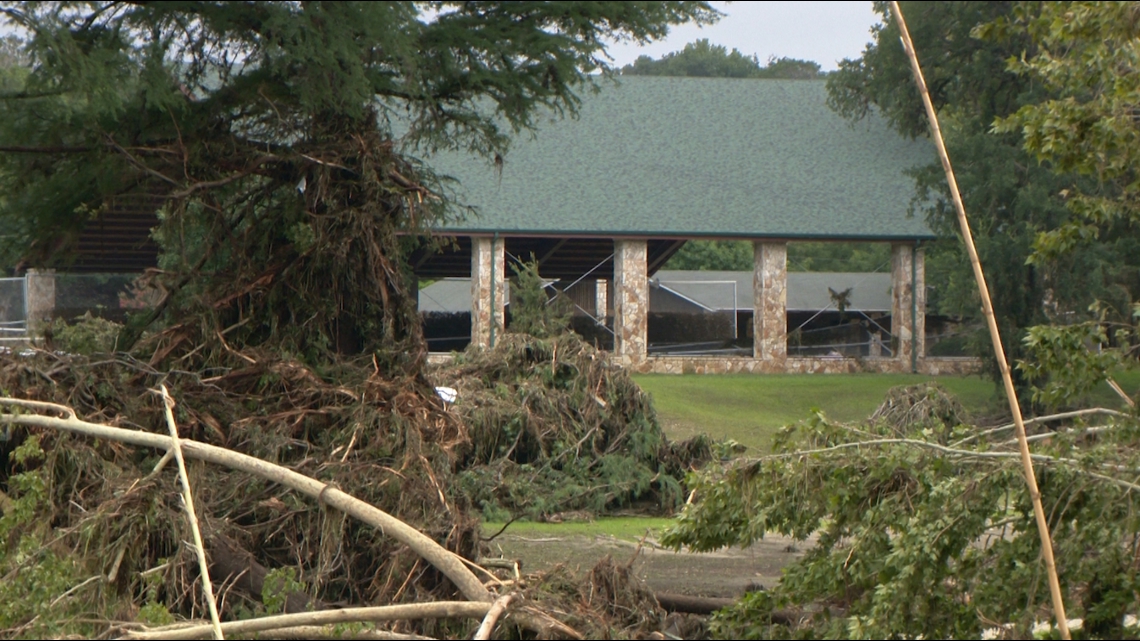
Parents might be surprised about the lack of oversight on camp emergency management plans. Lawmakers could make changes.
SAN ANTONIO — Who reviews camp emergency plans at local youth camps across Texas? The answer: one inspector, once a year, during a visit to the camp.
The inspector doesn’t keep a copy of the plan for the state and there is no law that requires the plan to be posted online.
Texans don’t typically like regulation. Still, after the devastating flooding in Kerr County on July 4 claimed 108 lives, 37 of which were children, every possible safety improvement is under consideration.
After 27 campers and counselors died at Camp Mystic, camp emergency plans are now under scrutiny.
Texas regulations for youth camp emergency plans are contained within a single paragraph of TAC §265.15
Emergency plans are required. The statute says, in part, “A written plan of procedures to be implemented in case of a disaster, serious accident, epidemic, or fatality shall be formulated and posted in the camp’s administrative on-site office or location and in each permanent and semi-permanent occupied building. The plan shall include procedures for emergency shelter and for evacuation of each occupied building and the facility.”
A Texas Department of State Health Services spokeswoman told KENS 5 youth camps are inspected annually and that “the inspector checks that the plans for each element (disaster, serious accident, epidemic, or fatality) exist, that they are posted in every building and that the staff has been briefed on the plans.”
The inspector does not evaluate if the contents of the plans are feasible or effective. DSHS also said “there is no law or rule that requires the plans be made available to parents.”
Of course, it would be up to lawmakers to change that.
On July 31, lawmakers heard from several parents at a joint committee hearing in Kerrville. Texas Mother Keli Rabon told the two committees on Disaster Preparedness & Flooding the state needed to do better.
“After hearing about the camp emergency plans or lack thereof, please address that. That should be mandatory and frankly published on every camp’s website for the public to view. Not just in an office somewhere,” Rabon said.
Rabon’s two sons were caught in the July 4 flooding at Camp La Junta. The mother said one of her sons survived because he climbed into the rafters of the cabin. Fortunately, her other son was in a higher cabin.
Senator Lois Kolkhorst also asked Kerr county officials if they were aware whether or not camps had evacuation plans. Kerr County Emergency Management Coordinator William Thomas said Kerr County has 19 summer camps but only six of those camps submitted their emergency plans to the county.
The county couldn’t require the camps to submit those plans. Senator Kolkorst asked if that needed to change.
“Through state statute, do you think that every camp, especially those in a 100 year flood plain should have evacuation plans? Should we have those plans? Should they know better? Should we require that? ” Kolkorst asked.
“Yes ma’am. If we are going to make school safety rules and regulations for the schools to have safety plans I think we need to do it for camps as well,” Thomas said.
Senator Kolkorst filed SB 60 yesterday, which contains multiple requirements aimed at youth camp safety.
